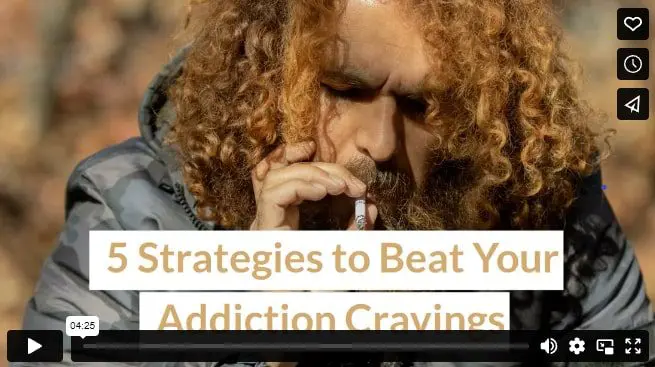Whether you have been sober for five minutes or five years, cravings remain a relatively consistent part of your recovery experience. The good news – by learning how to manage them, you can help protect yourself when the relapse triggers come. And they do come.
Triggers are everywhere and they can hit at any time, producing both physically- and emotionally-based addiction cravings. Maybe you see a beer ad, run into an old buddy who used to shoot up with you, or walk into a cafe with online slots at every table. As with most things in life, “when you fail to plan, you plan to fail.”
As seasoned addiction recovery center counselors, we believe having a good plan is key to beating the cravings that come when you’re triggered. Oddly enough, using a program known as DEADS can help save your recovery, and may even save your life. Let’s take a closer look:

(yogendras31/Pixabay)
D – Delay
Cravings are like waves – once triggered, they build, crash, and finally recede. During the building and crashing stages, it feels like you’ll die if you don’t give in. Your palms sweat, your heart races, and all you can think about is taking a drink or swallowing a pill. But when you delay gratification, something happens – the craving lessens and eventually goes away. In the addiction community, waiting out the craving is known as ‘surfing the urge.’
Remember, every urge you have ever had eventually passed, and addiction urges are no different. When the craving begins, resolve to ride it out for the next 10 to 15 minutes. Tell yourself that it will pass; you just need to give yourself a little time. Don’t dwell on past problems or worry about future issues associated with your addiction, as those thoughts will only overwhelm you and weaken your resolve.
If the craving wave doesn’t begin to subside after 10-15 minutes, chances are that whatever triggered you is still doing it, and you need to remove yourself from the situation.
E – Escape
This brings us to our second strategy, escape. Did the conversation suddenly turn to how awesomely drunk or high your friends were at last weekend’s party? Try moving the topic back to something safe or excuse yourself to go to the restroom. Is the open bar at the wedding reception you’re attending starting to tempt you? Time to congratulate the bride and groom and take your leave.
A – Avoid (and Accept)
At the same time, if you can, it’s critical to avoid putting yourself in a compromising position in the first place. If your friend wants to meet you after work for drinks, you can decline and suggest that you get together the next day over coffee or lunch. Also, try to stay away from places, and people, that you associate with your substance abuse.
Accept that cravings are a natural part of your life in recovery. Having them is normal, and each time they occur, you need to remind yourself that they’re temporary. When we’re in the middle of a stressful situation, our amygdala takes over, and we start ‘catastrophizing.’ Your brain will scream things like, “I’ll never feel normal again if I don’t take this drink now!” In Cognitive Behavioral Therapy (CBT), we call this distorted thinking. In this case, the best thing to do is to use the CBT calming and visualization techniques you learned in alcohol rehab while you wait out the craving.
D – Distract
Telling ourselves over and over NOT to do something usually just makes us want to do it more. If we stew too long in our thoughts, they can overwhelm us and distort reality. When we’re fighting a craving, we need to get out of our own heads and focus on something else that’s more engaging. In the previous paragraph, we touched on how using CBT techniques can help redirect our thoughts. Other things we can do include watching TV, reading a book, going for a walk or a drive, calling a friend, playing with our cat, and catching up on work.
S – Substitute
While delay, escape, avoidance, and distraction are great techniques, they work best when coupled with substitution. When you stop using drugs and try to keep yourself away from triggering situations, you need to fill that void with something substantive. Some people start investing time and effort in a new hobby, such as painting or cooking. Others go back to school to learn new skills.
Making time to serve others also represents an excellent way to fill the holes in our lives left by substance abuse. Service can take any form, including helping homeless veterans fill out benefits paperwork, collecting items for a food bank, or volunteering at a local hospital or clinic. Former substance abusers often find great joy in helping those just starting their recovery journey. They can fill critical positions as 12-Step meeting facilitators, sponsors, and drug treatment center counselors.
Managing cravings in recovery isn’t easy, but if you have a plan, you can overcome them as they arise. If you would like to know more about how you or your loved one can begin your recovery journey, please call us at 855-736-7262.
Infographic
Addiction cravings can be a significant obstacle to recovery, but with the right strategies, they can be beaten. Seeking help from drug rehab or alcohol rehab programs can provide effective treatment options, including addiction recovery programs and rehab facilities that specialize in a Christian rehab. Individuals can receive personalized care and support from trained professionals in these settings. Developing coping mechanisms, such as mindfulness techniques and surrounding oneself with supportive people, can also be crucial to managing cravings. With dedication and the right tools, those struggling with addiction can overcome their cravings and achieve lasting recovery.
Video


